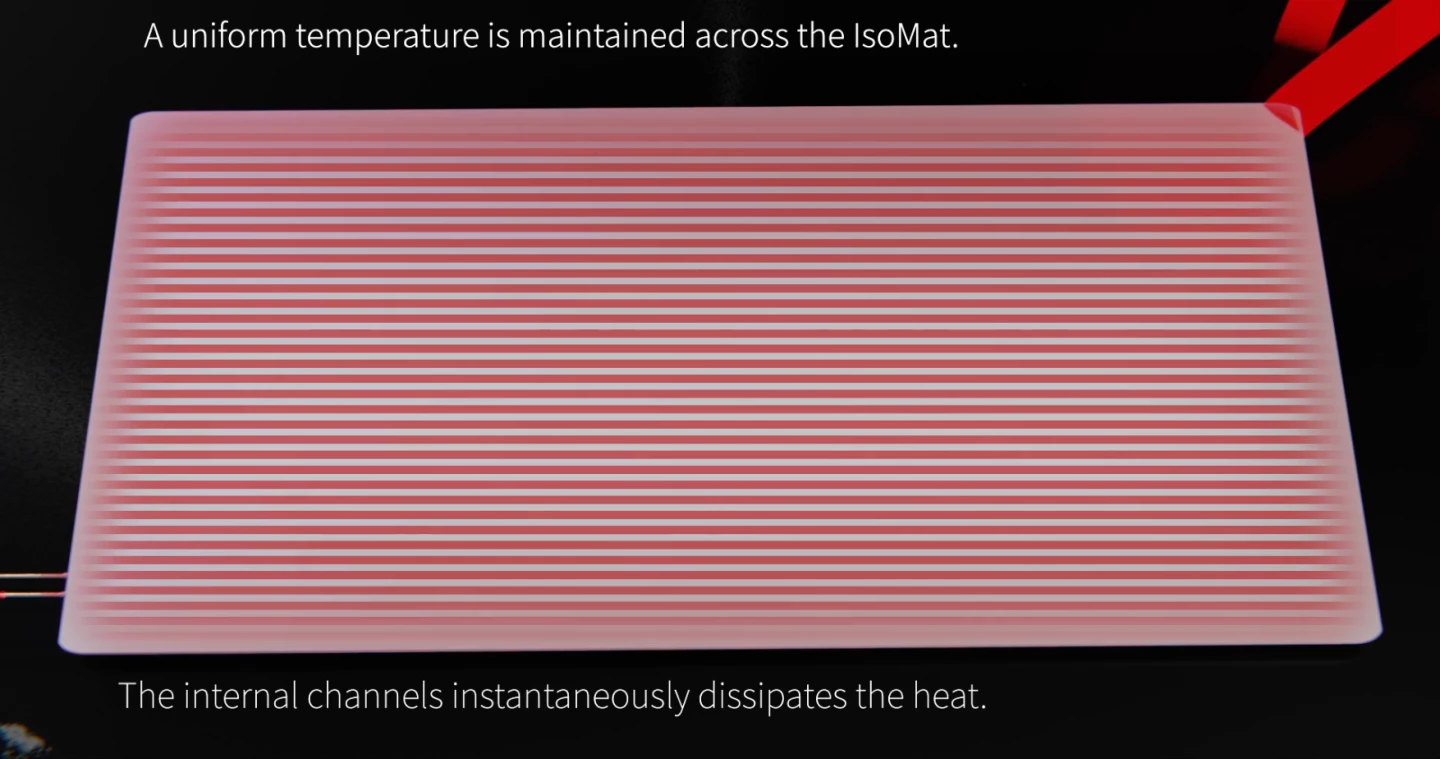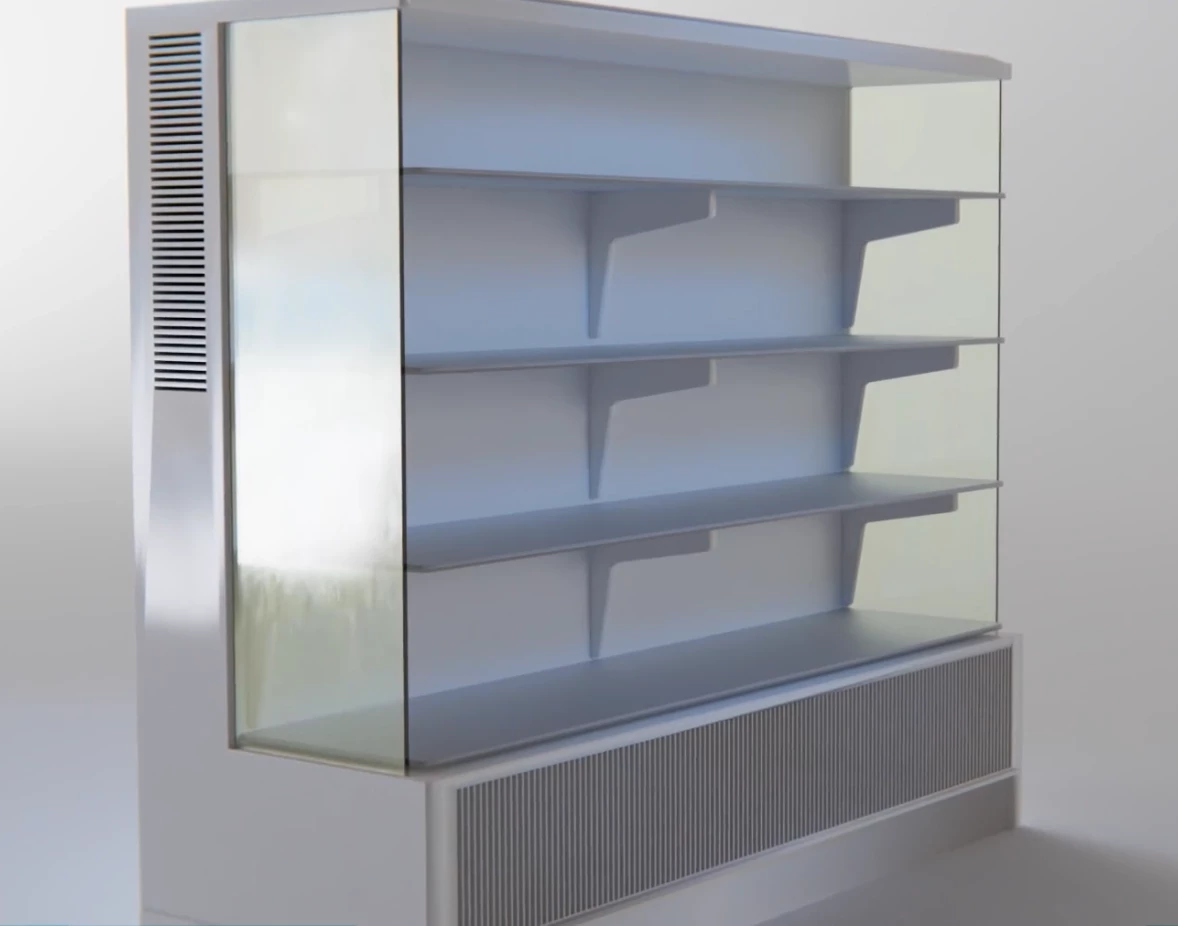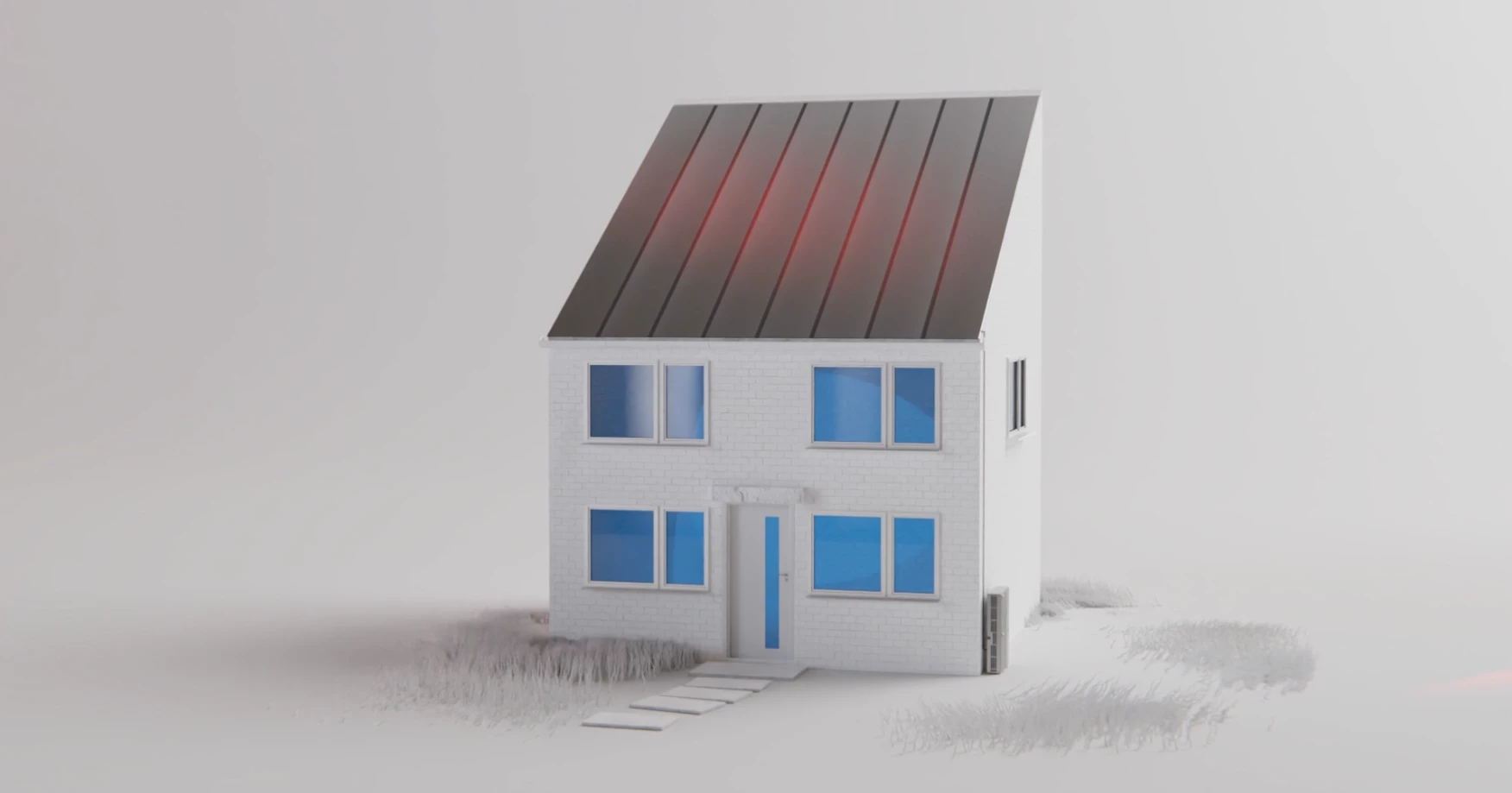How's this for a set of promises? Flint Engineering claims its new, flat, thermal-transfer "IsoMat" can power entire homes, cut refrigerator energy consumption by 30%, and radically speed up EV charging while also extending battery life.
How does the IsoMat achieve these goals? Essentially by moving heat from one place to another in a radically quick and efficient fashion.
At the heart of it, this is a new, multi-dimensional take on a simple heat pipe. These sealed metal tubes take advantage of phase changes in a trapped fluid to rapidly shift thermal energy. Heat them up at one end, and the fluid within will boil and evaporate, racing down the length of the tube as a gas.
As it reaches cooler metal, the gas condenses back into a liquid, releasing the heat, and the liquid flows back to the hot end so the process can repeat. Used in everything from laptops to spacecraft, heat pipes are an extremely effective way to transfer heat quickly, evenly and efficiently, with almost zero energy cost.

Flint's IsoMat is a flat aluminum sheet, that's effectively got row after row of tiny, sealed heat pipe cavities built into it. That's ... it. So if one part of the mat starts heating up, the internal fluid soaks up that energy, boils, and then rushes to fill the cavities stretching right across the mat, resulting in what the company claims is "near-instantaneous heat transfer across the entire surface," and a thermal transfer system some 5,000 times more efficient than copper or aluminum alone.
By carefully tuning the boiling and condensation points of the internal fluid, a whole bunch of different applications become apparent wherever there's a thermal gradient to cross. Flint highlights the following three.

A building with an IsoMat roof, or walls cladded in this material, could harness ambient temperature differences to naturally heat or cool the interior. And, presumably using thermoelectric generation, Flint says such a building could "potentially harvest enough energy from the air to power an entire home," or at least, to radically reduce your energy bill.
Commercial refrigerators, says the company, could be 30% more efficient if they used IsoMat shelves, which would chill things through direct contact, in addition to the regular cold air circulation gear. It's fair to say this could be a seriously big deal, given that according to the International Institute of Refrigeration, cooling accounted for around 20% of the world's energy consumption in 2019 if you include things like air con.

And then there's electric vehicles. What's the main issue that puts a ceiling on high-power EV charging? Overheating. It's also a key factor in determining the life span of cells in a battery pack. Flint says the IsoMat could be used in battery packaging to distribute heat evenly and near-instantaneously throughout the battery pack, keeping individual cells closer to their ideal temperatures to extend their lifespan while allowing much faster charge and discharge cycles.
Obviously, there would appear to be uses for this tech in the colossal, energy-hungry data centers now being used to train next-gen AIs, where it could keep chips from running too hot, while redistributing that energy away for building heat or energy recapture.
Indeed, there are use cases all over the place, provided the IsoMat sheets prove reliable and cost-effective at scale. Flint is preparing to start manufacturing and sales soon in the UK.
"We're seeing unprecedented interest across the construction, electrification, and refrigeration sectors," says Flint Engineering CEO Mark Robinson in a press release. "Yet these industries represent just a snapshot of the potential for this game-changing innovation. With commercial deployment scheduled for this year, we're preparing to engage with venture capital communities in the UK, North America, and the Middle East. We're actively seeking partnerships and welcome ideas from companies across all sectors. The possibilities for this revolutionary technology are truly endless."
Source: Flint Engineering







